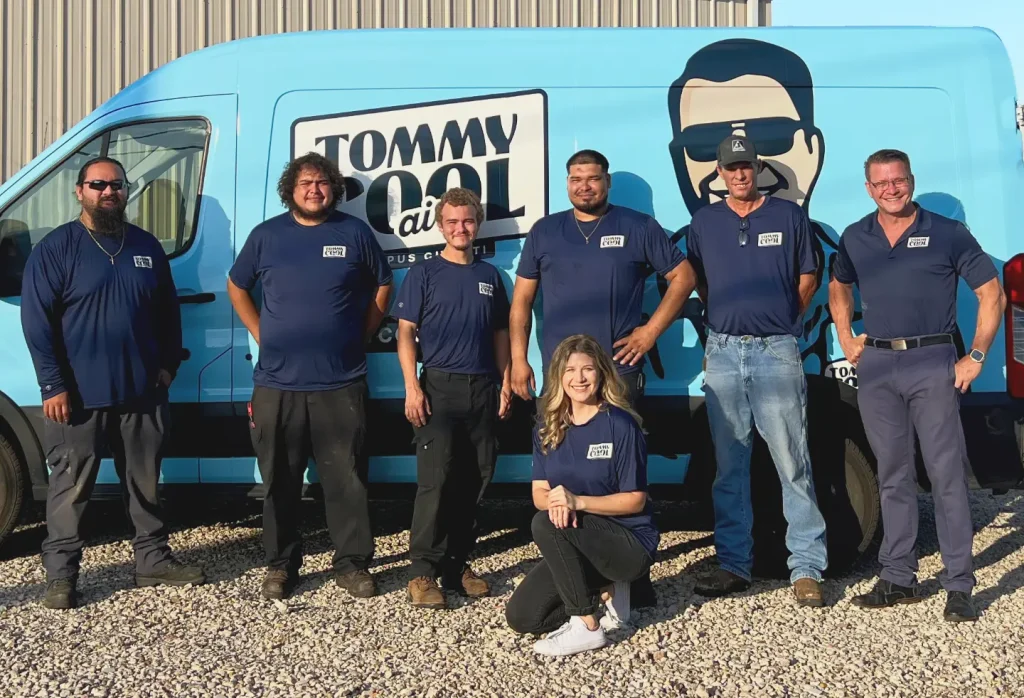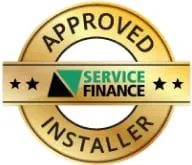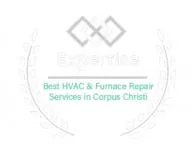Keeping your furnace in top shape throughout the year is essential for maintaining a comfortable and energy-efficient home. In this blog, we’ll explore some practical and easy-to-follow tips that will ensure your furnace operates smoothly no matter the season. Whether you’re a DIY enthusiast or a first-time homeowner, these tips are designed to help you maintain your heating system with ease.
1. Inspect and Replace Air Filters
Air filters play a crucial role in maintaining your furnace’s efficiency. Check and replace them regularly to ensure optimal airflow and indoor air quality.
The importance of replacing air filters cannot be overstated. A clogged filter can restrict airflow, causing the furnace to work harder and use more energy. This can lead to higher utility bills and potentially damage the furnace. Make it a habit to clean or replace your furnace air filter every 1-3 months, depending on usage and the manufacturer’s recommendations.
Regularly replacing the filter can significantly improve your home’s air quality by removing dust, pollen, and other allergens. This is particularly important for households with pets or individuals with allergies or respiratory issues.
2. Clean the Furnace and Surrounding Area
Dust and debris can accumulate around your furnace, affecting its performance. Make it a habit to clean the furnace and the area around it to keep everything running smoothly.
Keeping the area around your furnace clean is essential for preventing dust and debris from entering the system and clogging up important components. Use a vacuum to remove dirt, debris, and dust in the surrounding area. The internal components can also be cleaned with a soft-bristle paintbrush. Be cautious when cleaning the internal parts to avoid any damage.
Make sure to clear any clutter around the furnace to ensure sufficient airflow and prevent potential fire hazards. A clutter-free area not only makes it easier to perform regular maintenance checks but also enhances the system’s overall efficiency.
3. Check the Thermostat
Ensure your thermostat is working correctly and programmed according to your schedule. This simple check can make a big difference in your home’s comfort and energy usage.
A poorly functioning thermostat can lead to inconsistent heating and increased energy consumption. Check if the thermostat settings match the actual room temperature. Dirt and inaccurate calibration can negatively affect its performance. To ensure proper calibration, consider consulting a professional HVAC technician.
Upgrading to a programmable or smart thermostat can help optimize your furnace’s efficiency. These devices allow you to set schedules and adjust temperatures remotely, ensuring your home is always at a comfortable temperature without wasting energy.
4. Inspect the Blower Belt and Motor
The blower belt and motor are essential components of your furnace. Regularly inspect these parts for wear and tear, and replace them if necessary to avoid costly repairs down the line.
A frayed or worn blower belt can cause your furnace to run inefficiently and loudly. If you notice unusual noises coming from your furnace, it might be a sign that the blower belt needs to be replaced. Regularly inspecting and replacing the blower belt can prevent these issues and extend the life of your furnace.
The blower motor is responsible for circulating warm air throughout your home. Over time, dust and debris can accumulate around the motor, causing it to overheat and potentially fail. Regular maintenance, including cleaning and lubricating the motor, can help keep it functioning efficiently and prolong its lifespan.
5. Seal and Insulate Ductwork
Leaky ductwork can lead to inefficient heating. Inspect and seal any leaks and consider adding insulation to keep the warm air flowing where it’s needed most.
Sealing leaks in your ductwork can significantly improve your furnace’s efficiency. Use duct sealant or metal tape to cover any gaps or leaks you find during your inspection. Ensuring your ductwork is properly sealed can prevent heat loss and reduce your energy bills.
Insulating your ductwork is another effective way to improve heating efficiency. Adding insulation helps keep warm air inside the ducts, reducing heat loss as it travels through unconditioned spaces like attics or basements. This can result in a more consistent and comfortable temperature throughout your home.
6. Check Flue Pipe and Vents
Ensure that the flue pipe and vents are free from obstructions and securely connected. Proper ventilation is crucial for safe and efficient furnace operation.
The flue pipe is responsible for venting harmful gases, such as carbon monoxide, away from your home. Regularly inspect the flue pipe for blockages or damage to ensure it functions correctly. Any obstruction can lead to dangerous backdrafts, which can harm your family’s health.
Vents and exhaust pipes also need to be free from obstructions to maintain proper airflow and prevent the accumulation of harmful gases. Regularly cleaning and inspecting these components can help you identify potential issues early on and ensure your furnace operates safely and efficiently.
7. Test Safety Controls
Your furnace’s safety controls are vital for preventing dangerous malfunctions. Regularly test these controls to ensure they’re functioning correctly.
Safety controls, such as the limit switch and flame sensor, play a crucial role in protecting your furnace from overloading and overheating. Regularly testing these components can help you catch potential issues before they become significant problems. A professional technician can perform thorough safety checks during annual furnace inspections.
In addition to professional inspections, you can perform basic tests on safety controls, such as checking that the furnace shuts off when the temperature reaches its limit. Ensuring the proper functioning of safety controls can help prevent dangerous malfunctions and maintain your home’s safety.
8. Schedule Professional Inspections
Annual inspections by a professional technician can catch potential issues early and keep your furnace in peak condition.
Professional inspections are essential for maintaining your furnace’s efficiency and safety. During an annual inspection, a technician will examine all components, including the ductwork, wiring, and other electrical elements. This thorough examination can identify potential issues before they become significant problems, helping you avoid costly repairs and maintain your furnace’s performance.
Regular professional inspections can also help you stay informed about the latest advancements in furnace technology and energy efficiency. A knowledgeable technician will provide valuable insights and recommend any necessary upgrades or improvements to keep your system running smoothly.
9. Lubricate Moving Parts
Lubrication helps reduce friction and wear on your furnace’s moving parts. Regularly lubricating these parts can extend the life of your system.
Moving parts, such as the blower motor and fan, require regular lubrication to function efficiently. Over time, friction can cause wear and tear on these components, leading to decreased performance and potential breakdowns. Applying a few drops of oil to these parts can help reduce friction and extend their lifespan.
Be cautious not to over-lubricate, as excessive oil can attract dust and debris, causing further issues. Follow the manufacturer’s recommendations for the type and amount of lubricant to use. Regularly lubricating moving parts can help maintain your furnace’s overall efficiency and reduce the likelihood of costly repairs.
10. Monitor and Maintain Carbon Monoxide Detectors
Carbon monoxide leaks can be deadly. Ensure your detectors are functioning properly and replace batteries regularly for added safety.
Carbon monoxide (CO) is a dangerous gas that can result from incomplete combustion in your furnace. Installing CO detectors near your furnace and throughout your home is essential for your family’s safety. Regularly test these detectors to ensure they are functioning correctly and promptly replace any faulty units.
Replace the batteries in your CO detectors at least twice a year, or whenever the detector indicates a low battery. Make sure the detectors are placed in strategic locations, such as near sleeping areas and in rooms with a combustion-based heating system. Properly maintaining your CO detectors can provide an added layer of safety and peace of mind.










